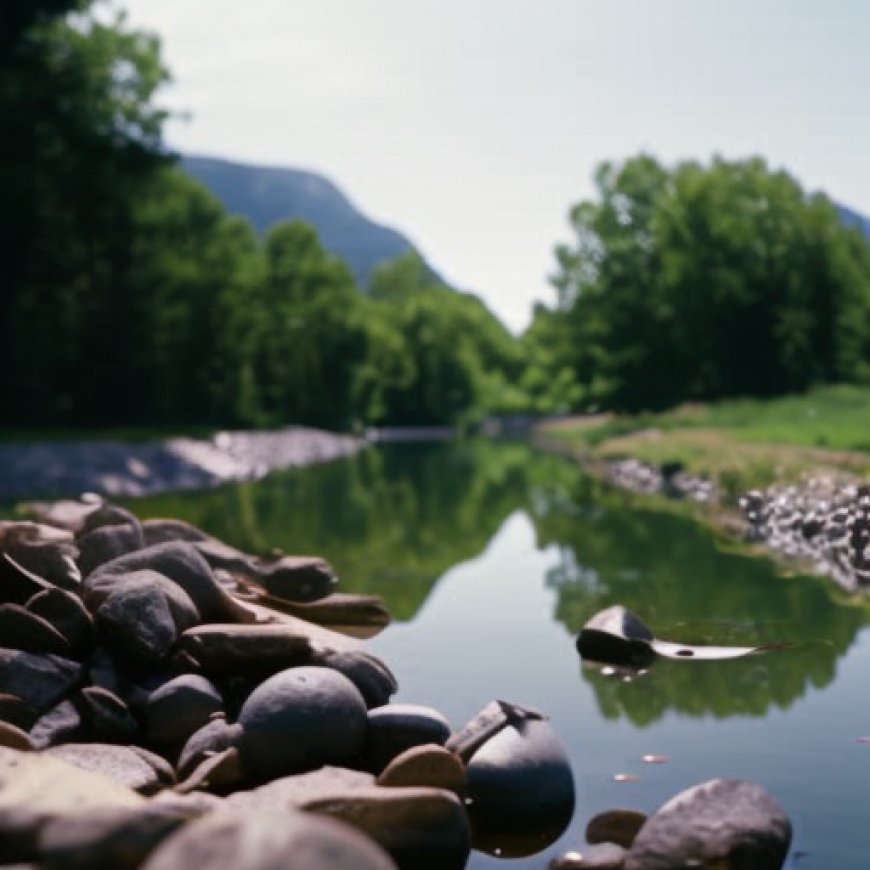Indiana water sources undergo variety of cleansing efforts
Indiana water sources undergo variety of cleansing efforts The Star Press


Sustainable Development Goals (SDGs) and Water Quality in Muncie, Indiana
Introduction
This report highlights the efforts made in Muncie, Indiana to address water quality issues and achieve the Sustainable Development Goals (SDGs). The project was initiated by Ball State University professor Adam Kuban, who challenged his students to identify sustainability efforts in the local area. The students presented their findings to Deanna Watson, editor of The Star Press, Journal & Courier, and Pal-Item.
Muncie’s Water Quality Challenges
Indiana ranks first in the United States for the highest number of impaired rivers and streams, with over 24,000 miles affected by pollution, according to the Environmental Integrity Project. This non-profit organization advocates for stricter enforcement of environmental laws.

The main cause of water pollution in Muncie is the runoff of manure from animal farms, according to Eric Schaeffer, executive director of the Environmental Integrity Project and former U.S. Environmental Protection Agency attorney. The presence of E. Coli and nitrogen ammonia bacteria further contributes to the contamination.
Improvements in White River’s Water Quality
Despite these challenges, the White River in Muncie has shown improvements in water quality. According to the Muncie Sanitary District, lead and chromium levels have been reduced by 97% and 83% respectively. E. coli contamination has also decreased by 87%.
Drinking Water Sources and Challenges
The primary drinking source for Muncie and several other communities is the White River, as stated on the Muncie Sanitary District website. However, the presence of Combined Sewer Overflows (CSOs) remains a concern for the overall quality of the river. CSOs occur when the sewer system becomes overwhelmed, leading to untreated stormwater and wastewater flowing into the river, according to the EPA.
To address this issue, wastewater is treated at the Water Pollution Control Plant before being released into the White River.
Wastewater Treatment Process
The Water Pollution Control Plant in Muncie utilizes a biological method for wastewater treatment. Microorganisms are employed to break down organics and ammonia in an activated sludge plant, according to an anonymous employee at the plant.
Upon entering the plant, wastewater passes through three main lines originating from different parts of Muncie. The water undergoes a screening process to remove debris, including E. coli, and is further treated to separate debris from the water. Once the water is clear, it is released into the White River.

Cleaning Well Water
In addition to the White River, private wells serve as another source of drinking water, particularly in rural communities. However, well water can also have quality issues, including bacterial contamination.
Various methods are employed to clean well water, such as water softeners, iron filters, and UV lights. UV light systems detect and kill bacteria as water passes through, while water softeners remove iron using resin beads. Iron filters eliminate sulfur smells and iron in the water. Reverse osmosis is another method used to clean well water, removing particles, odors, and dissolved solids.
Conclusion
While water-quality challenges persist in Muncie, significant efforts have been made to treat and clean both surface water from the White River and well water. These initiatives contribute to the achievement of the SDGs, particularly Goal 6: Clean Water and Sanitation.

Join us, as fellow seekers of change, on a transformative journey at https://sdgtalks.ai/welcome, where you can become a member and actively contribute to shaping a brighter future.







